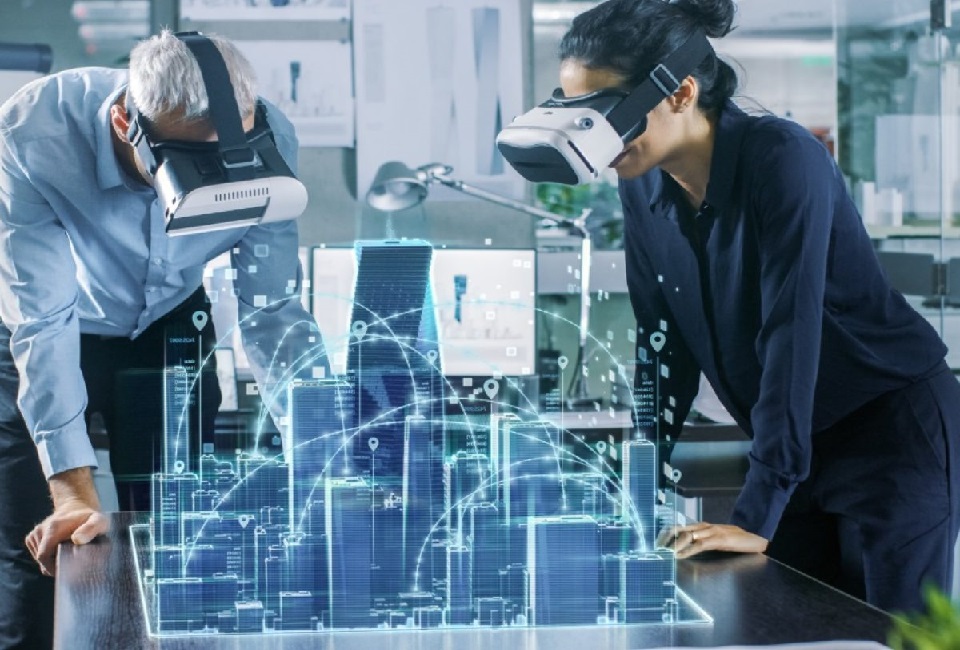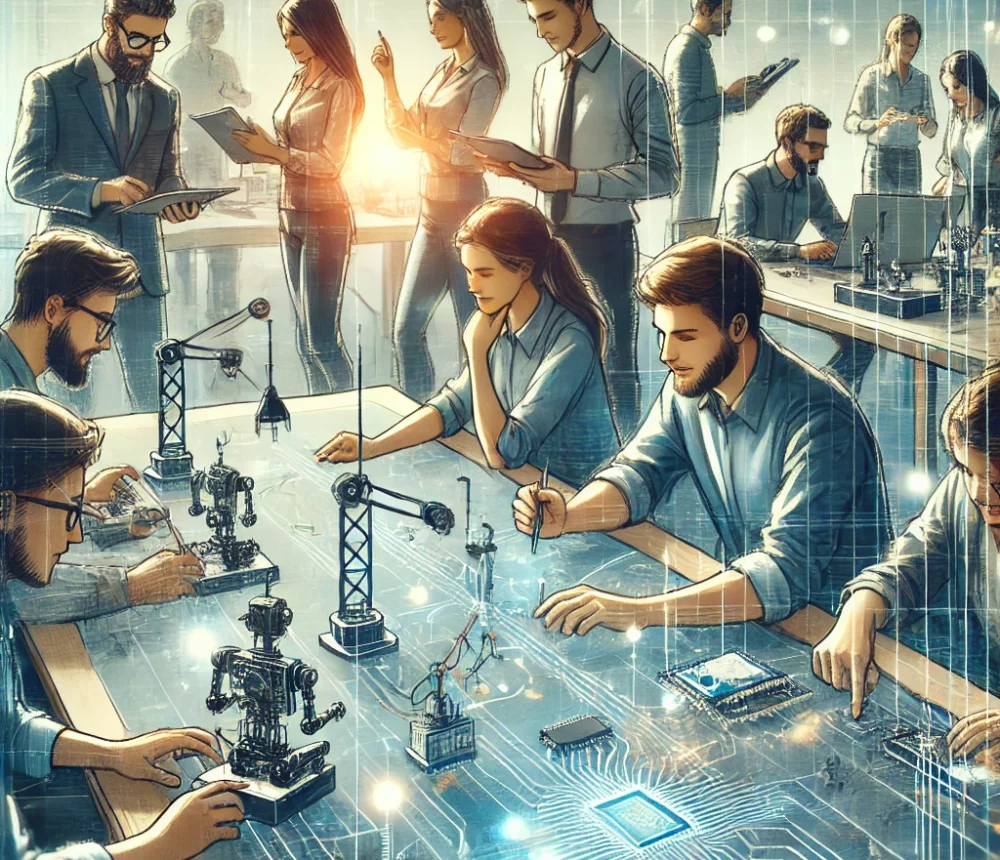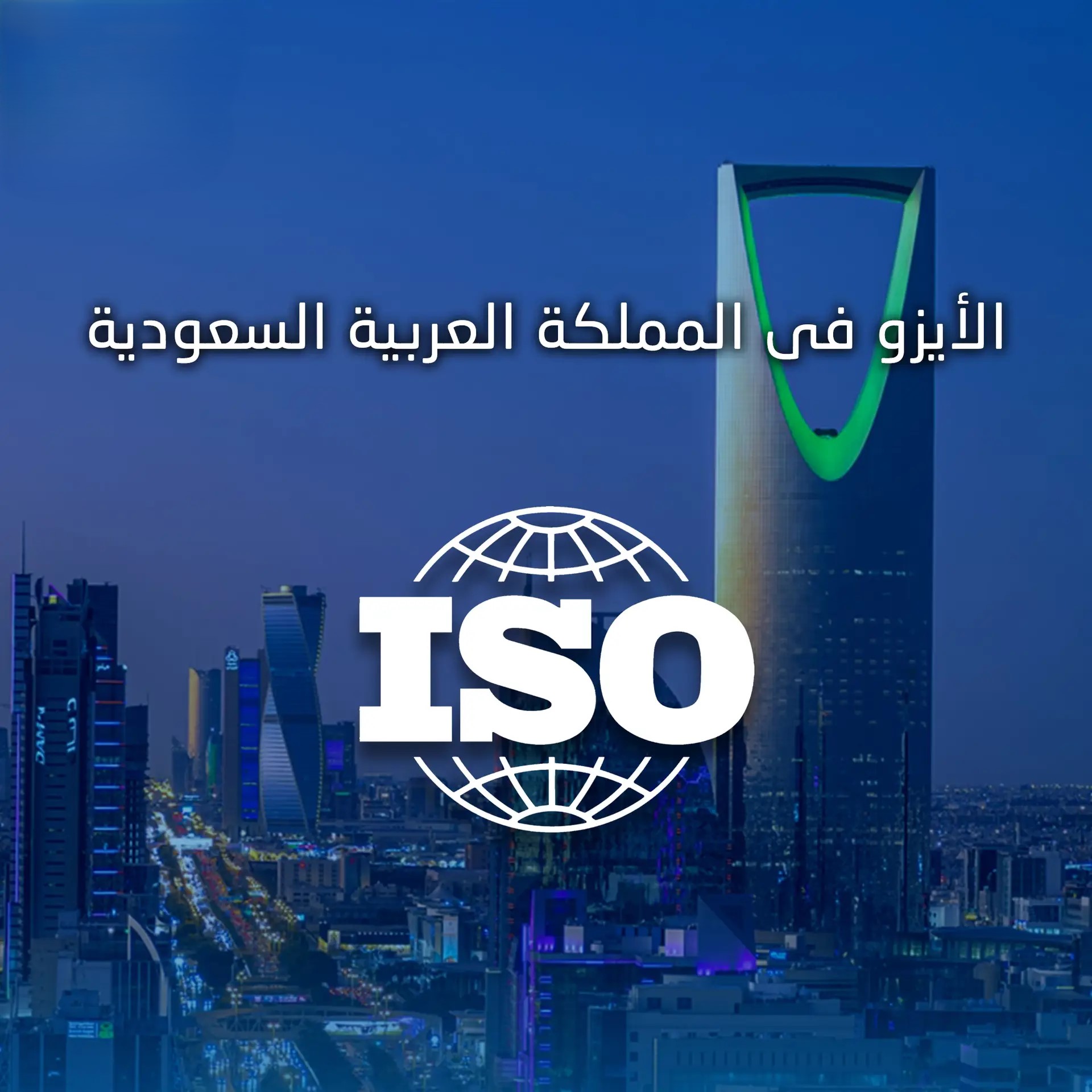Innovation as a driving force towards corporate sustainability
In light of rapid technological transformations and fierce competition in global markets, innovation has become the cornerstone of corporate survival and sustainability. Focusing solely on productivity or quality is no longer sufficient; rather, systematic innovation has become the differentiating factor between leading organizations and those that merely maintain the status quo.
With the growing need for organized innovation, international standards have emerged to help organizations build integrated innovation management systems—most notably ISO 56002, issued by the International Organization for Standardization (ISO).
This standard aims to provide a flexible and effective management framework that enables organizations to transform new ideas into tangible added value. It not only addresses individual creativity, but also an integrated innovation management system that links corporate culture, strategy, operations, measurement, and continuous learning.
First: What is the ISO 56002 standard?
ISO 56002:2019 is a guide for designing and implementing an Innovation Management System (IMS). It was developed as part of the ISO 56000 family of standards, which also includes innovation terminology, auditing, and performance measurement guidelines.
The standard aims to help organizations manage innovation in a systematic and consistent manner, leading to measurable results and continuous improvement.
Basic objectives of the standard:
- Enhance the organization’s ability to create sustainable value.
- Providing an integrated framework for planning, implementing and improving innovation processes.
- Building an organizational culture that encourages experimentation and learning.
- Improve internal and external communication between teams and partners.
- Supporting strategic decisions based on innovation.
Second: The basic principles on which ISO 56002 is based
The standard is based on a set of principles that enable organizations to build a strong and effective innovation system, including:
- Leadership and shared vision:
Leadership is not only supportive, but also the primary driver of a culture of innovation. Senior management must set a clear vision that translates innovation into measurable and actionable goals. - Value thinking:
True innovation is one that creates value—whether for customers, society, or the environment. An idea is worthless unless it makes a tangible impact. - Innovative culture:
The standard encourages organizations to create an environment that enables individuals to experiment, accept risks, and learn from failure. Without this culture, innovation cannot flourish. - Systematic approach:
Innovation management is not a random act, but rather a structured process that is managed according to a cycle of continuous planning, implementation, evaluation, and improvement. - Internal and external cooperation:
The standard calls for building a network of partnerships that extends to universities, suppliers, customers, and the local community. - Continuous improvement:
No innovation system is perfect, but it can always be improved based on lessons learned from successes and failures.
Third: Why does your organization need ISO 56002?
- Transforming innovation from an individual initiative to an integrated institutional system
In many organizations, innovation remains the sole domain of a single department or a small group of employees. However, with the implementation of ISO 56002, innovation becomes a collective responsibility shared by all departments, from human resources to marketing and production.
- Enhancing competitive sustainability
By building an integrated innovation management system, an organization can continue to generate new ideas and transform them into value-generating projects, ensuring it remains at the forefront even amid economic fluctuations.
- Improve resource efficiency
The standard helps direct efforts toward the most viable innovation projects, reducing waste of time and money and increasing organizational efficiency.
- Attracting talent and building a positive culture
Employees tend to work in environments that encourage creativity and value their ideas. Adopting ISO 56002 creates this environment and makes the organization more attractive to talent.
- Building trust with customers and partners
When an organization implements a globally recognized standard, it sends a clear message about its commitment to quality and continuous improvement.

Fourth: Steps for implementing ISO 56002 within the organization
- Current situation analysis
Start by understanding the state of innovation within the organization:
Are there any innovative ideas? How are they managed? What are their strengths and weaknesses?
- Innovation Management System (IMS) Design
It includes defining policies, goals, processes, team responsibilities, and mechanisms for collecting and evaluating ideas.
- Capacity building and innovation culture
Employees should be trained in innovative thinking and involved in programs to develop new ideas and projects.
- Opportunity and Risk Management
Innovation inherently involves a degree of risk, so a clear methodology for assessing risks and opportunities must be developed before projects are implemented.
- Monitoring and measurement
Define key performance indicators (KPIs) to measure the success of innovation processes, such as the number of ideas implemented, or the return on new projects.
- Continuous improvement
Based on the measurement results, policies and procedures are updated to ensure the system evolves over time.
Fifth: The relationship between ISO 56002 and digital transformation
The relationship between innovation management and digital transformation is complementary. Organizations that adopt ISO 56002 see digital transformation as a means to enhance their ability to manage ideas and transform them into innovative digital products.
Artificial intelligence, data analytics, and the Internet of Things (IoT) tools also enable innovation teams to make more accurate and faster decisions, increasing the effectiveness of standard implementation.
For example, Organizations can use AI to analyze market trends and identify areas where new ideas can bring real value.
Sixth: Challenges of implementing ISO 56002 and ways to overcome them
- Internal resistance to change:
Some employees may feel threatened by the idea of change. The solution is to involve everyone from the beginning and clearly explain the benefits. - Lack of experience:
If sufficient internal expertise is not available, it is possible to collaborate with consulting firms specializing in implementing innovation standards. - Resource allocation:
Implementing the standard requires an investment of time and money, so it must be incorporated into the organization’s annual budget. - Effective measurement of innovation:
Measuring innovation is not easy, but using both quantitative and qualitative performance indicators helps accurately assess performance.
Seventh: Implementing ISO 56002 globally – lessons from international experiences
Many organizations in Europe and Asia have begun implementing this standard to improve their ability to innovate.
For example, the German company Siemens has adopted a methodology similar to ISO 56002 to build an open innovation environment that brings together employees, suppliers, and customers in the product development process.
The University of Tokyo has also used the same principles to build an academic innovation system that links scientific research with entrepreneurship, doubling the number of university startups in just five years.
Eighth: ISO 56002’s connection to Saudi Vision 2030
Saudi Vision 2030 places innovation at the center of its three pillars: a vibrant society, a thriving economy, and an ambitious nation.
Implementing ISO 56002 contributes to achieving the objectives of this vision by:
- Supporting the transition towards a knowledge economy.
- Promoting industrial and technological innovation.
- Developing national competencies in the fields of creativity and entrepreneurship.
- Encouraging public-private partnerships in innovation.
The standard also helps government agencies and major companies build a sustainable innovation ecosystem that contributes to strengthening the Kingdom’s position as a regional innovation hub in the Middle East.
Towards an innovative, sustainable future
Ultimately, a successful innovation system cannot be built by chance or individual efforts, but rather through a comprehensive management framework such as ISO 56002, which combines strategic vision, corporate culture, and systematic processes.
Implementing this standard is a long-term investment in an organization’s ability to renew and adapt, ensuring its sustainable success in an uncertain world.










